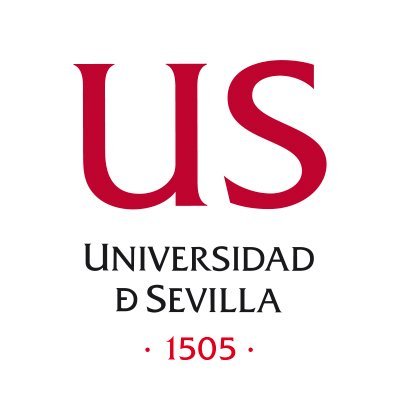Biogeography, evolution, ecology and conservation of the Andalusian flora (EVOFLORAND)



Andalusian programme for I+D+i. (US-1265280). PI: J. Arroyo.
Summary:
This project aims to set the basis for determination of
the environmental, biological and evolutionary correlation of the plant
diversity of Andalucía. Parting from data on species distribution,
species biology and both environmental, historical and phylogenetic
information available at repositories of literature, databases,
biological collections, field data and ad hoc DNA sequences information,
we aim to disentangle the patterns and processes responsible for plant
biodiversity in one of the most significant hotspots of the
Mediterranean Basin. This approximation of the past evolutionary
knowledge will allow us to propose possible solutions to the
biodiversity loss generated in the present and future global change.
This information will be useful to work on the different levels
embedded: (i) Andalusian whole flora, (ii) flora of protected areas,
(iii) flora in the National Parks of Andalucía and (iv) endangered
flora, with precision scales adjusted to the amount of taxa. The final
objective is to promote the plant biodiversity of Andalucía both for
scientific community, by means of professional publications and for the
general public through an open web platform in order to raise
citizen-awareness about the need to preserve biodiversity. We also aim
to establish the tools that enable to elaborate accurate diagnoses on
the conservation status of endangered species’ populations, which can be
used by professionals involved in biological management and
conservation. This project will initiate a research programme on
Andalusian plant diversity that will be possible to develop outside the
time frame of this recent proposal. In this way, we will depelope the
methodological and scientific bases that are useful, in a medium or long
term framework to a better understanding of the Andalusian biodiversity,
which will enable the possible biodiversity loss to be prevented.
Ultimately, this data could be even apply to the north of Africa (Rif,
as part of the same hotspot) to the extent allowed by floral knowledge.